Emperor's palace
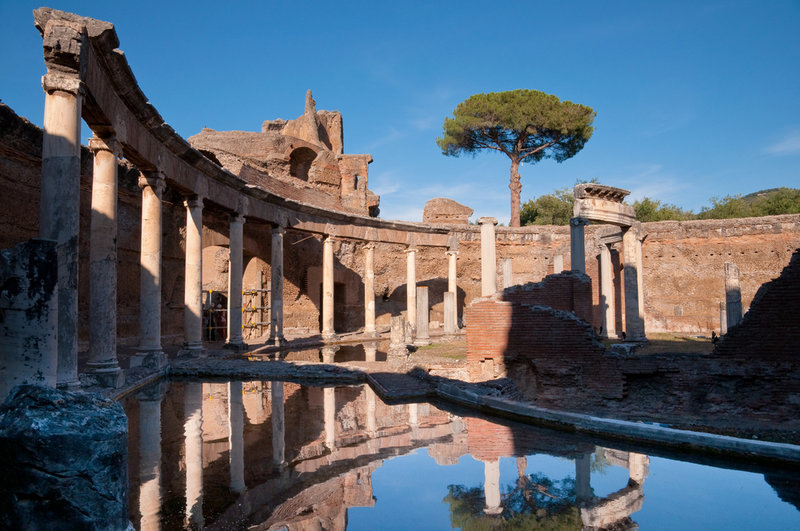
Recently, amateur archaeologists have uncovered a network of underground passageways at the vast and decadent villa that the Roman emperor Hadrian built in Tivoli, Italy.
Beautiful grounds
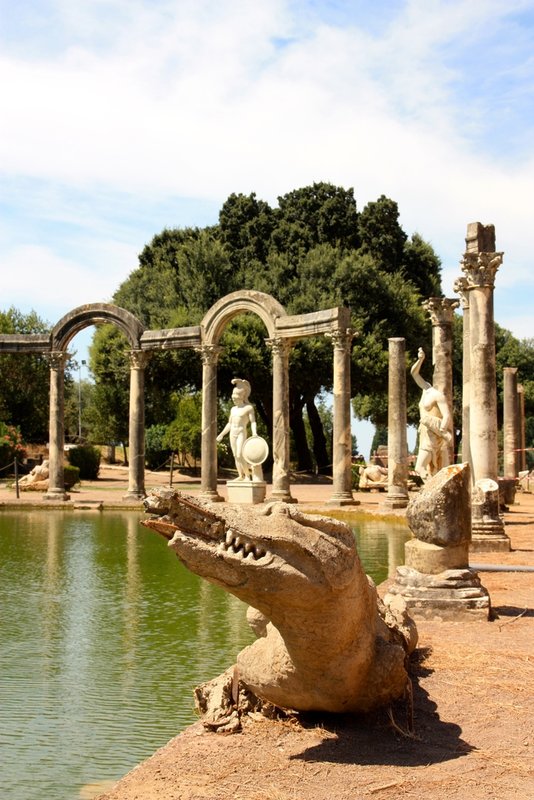
Elites, friends of the emperor and those who came on business of state would come through the main entrance and experience the opulence and beauty of the surroundings.
Two worlds
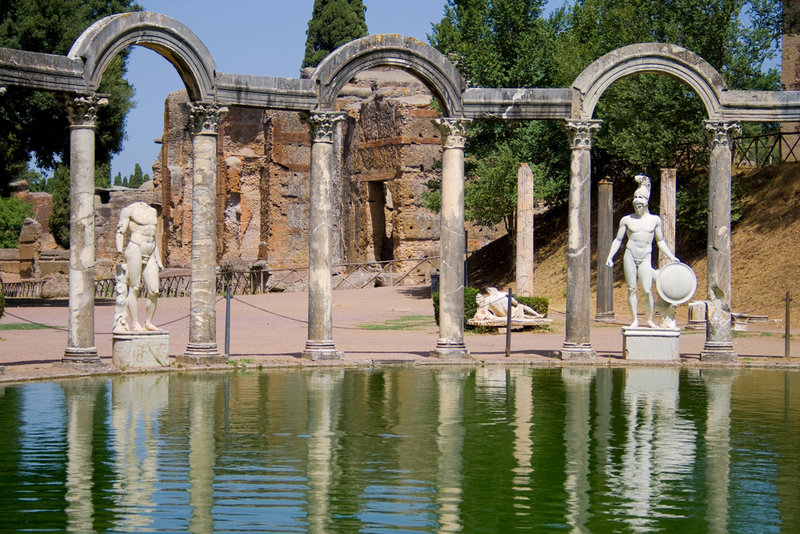
But below ground, Hadrian's architects built a parallel world of underground passageways.
Invisible workers
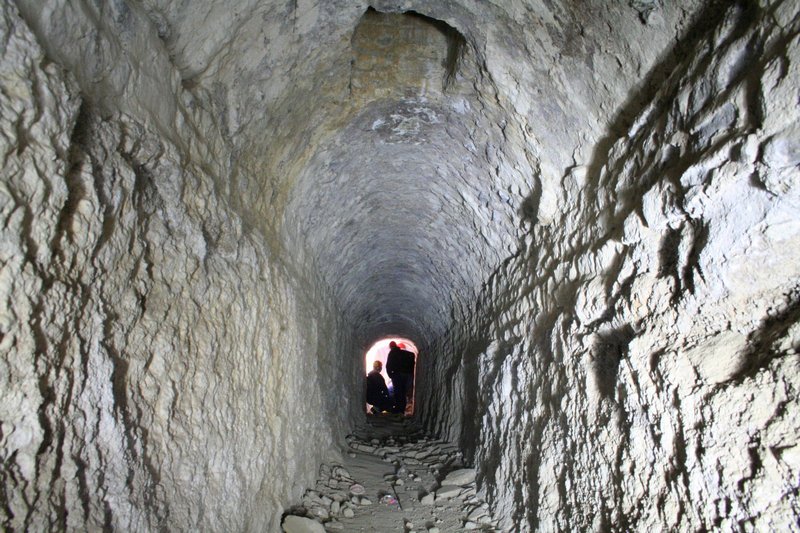
The passageways allowed thousands of merchants, slaves and carts bearing goods to enter the villa and keep it running without causing commotion on the street.
Unknown passageways
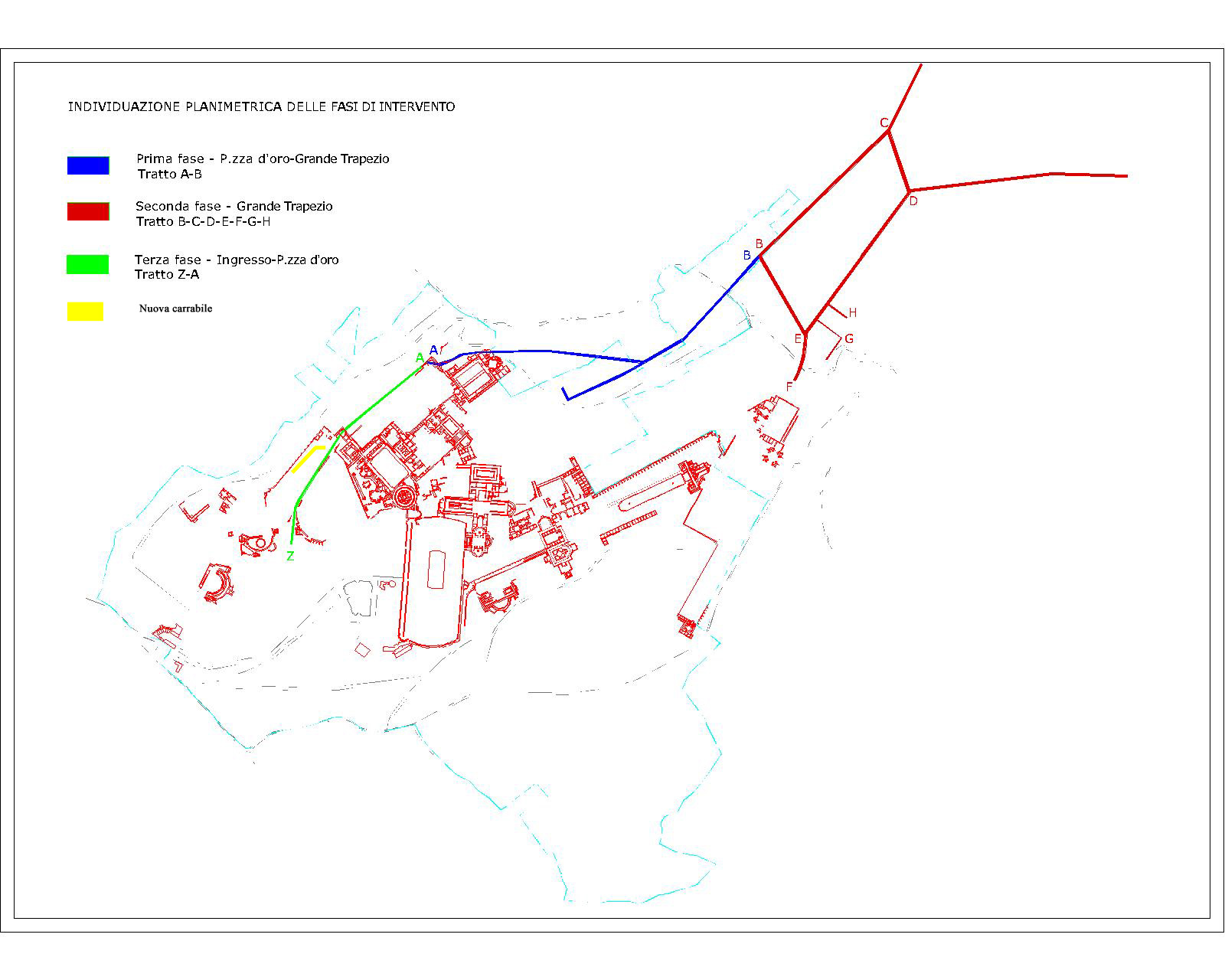
The existence of tunnels had been known for some time from ancient plans of the grounds and many had been excavated. But over centuries, most of the tunnels had been filled in with soil. So archaeologists suspected there could be other, as-yet-undiscovered tunnels in more remote parts of the villa.
Underground world.
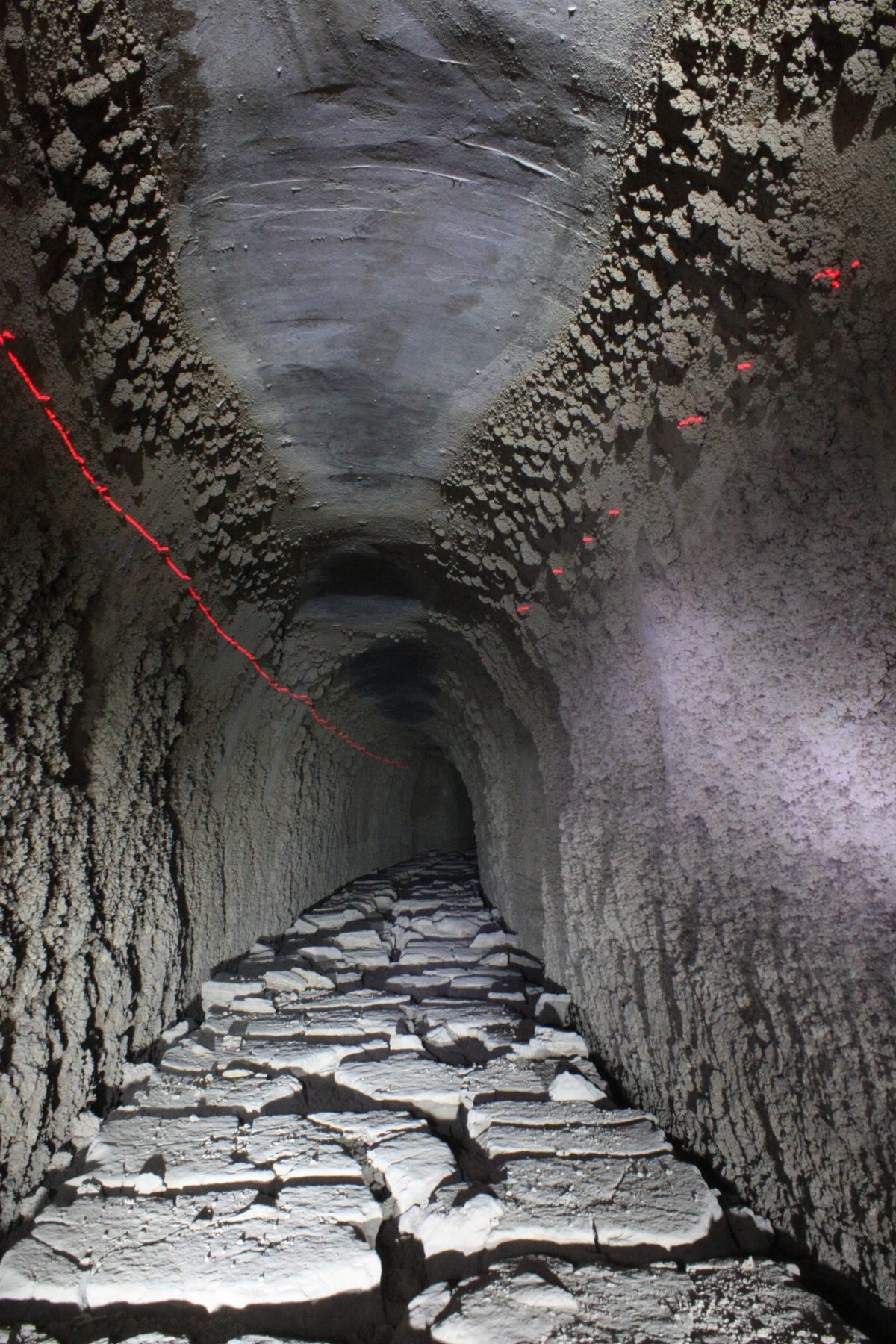
So researchers enlisted the help of a group of amateur archaeologists and speleologists with Sotterranei di Roma, or Underground Rome, to help them excavate near a remote part of the Villa known as the academy.
Rappelling underground
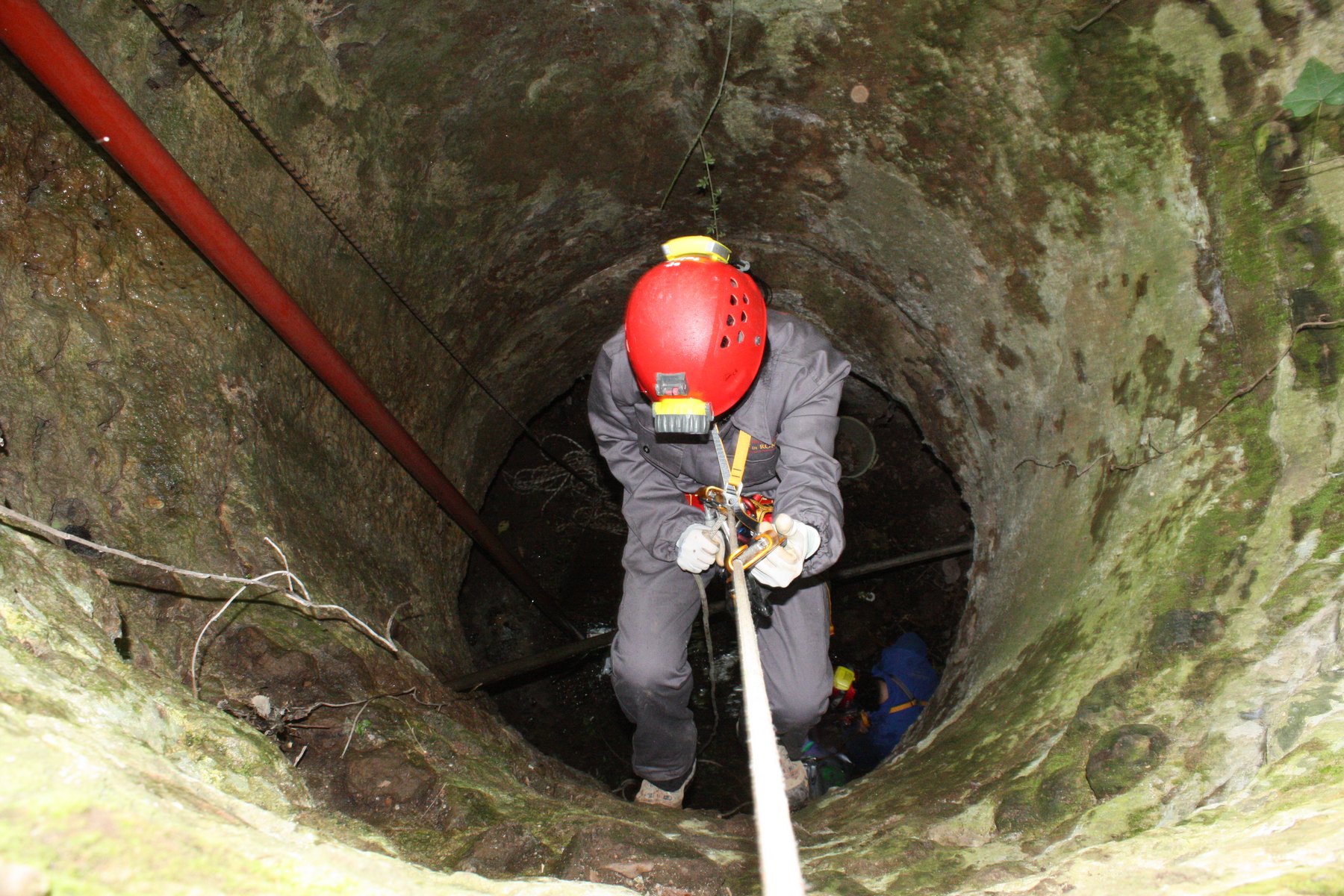
The team rappelled into the caverns and carried countless buckets of dirt out.
Sign up for the Live Science daily newsletter now
Get the world’s most fascinating discoveries delivered straight to your inbox.
Uncertain purpose
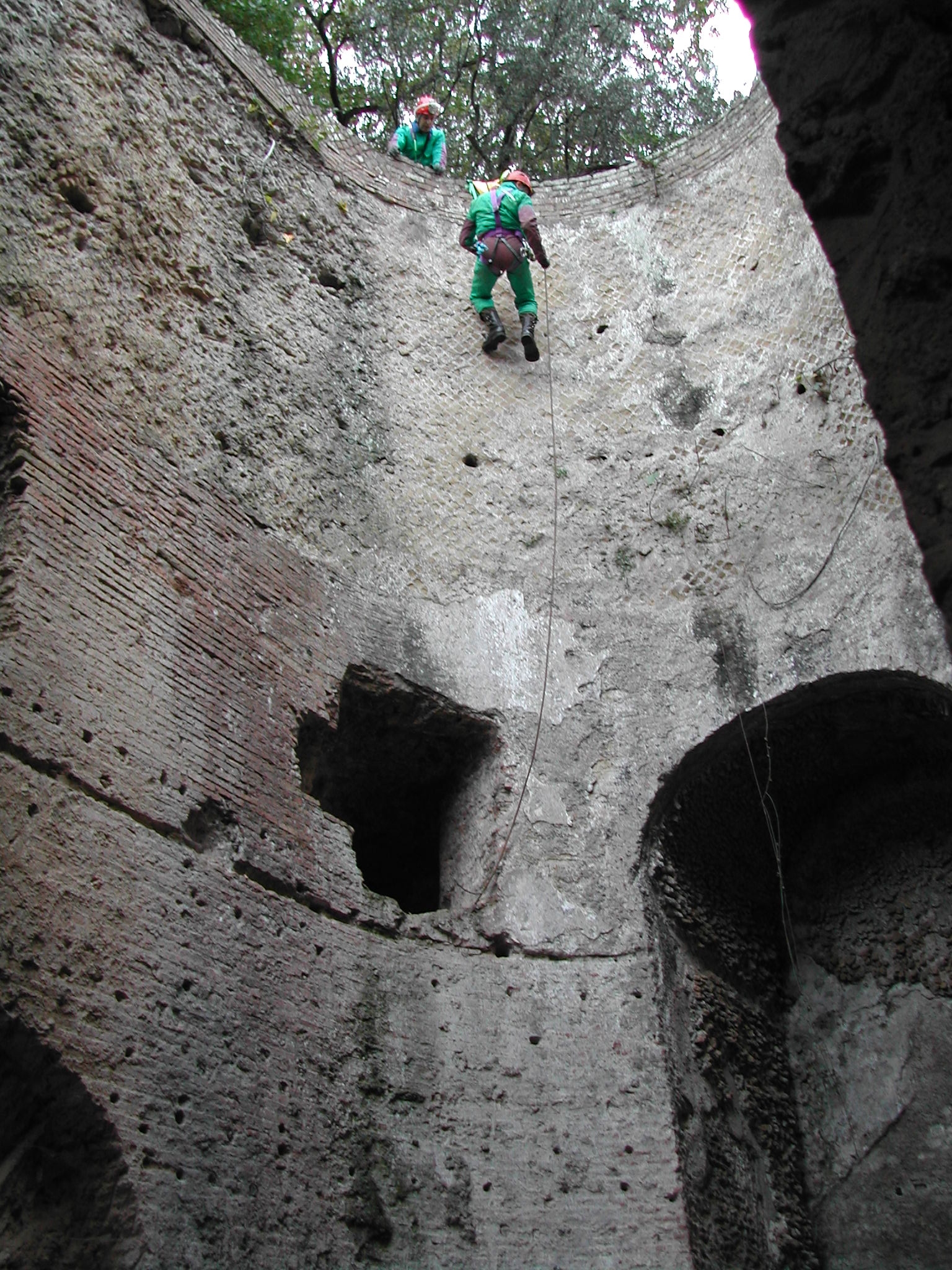
Some of the tunnels were just a few feet wide, while others were vast and spacious.
Tight squeeze
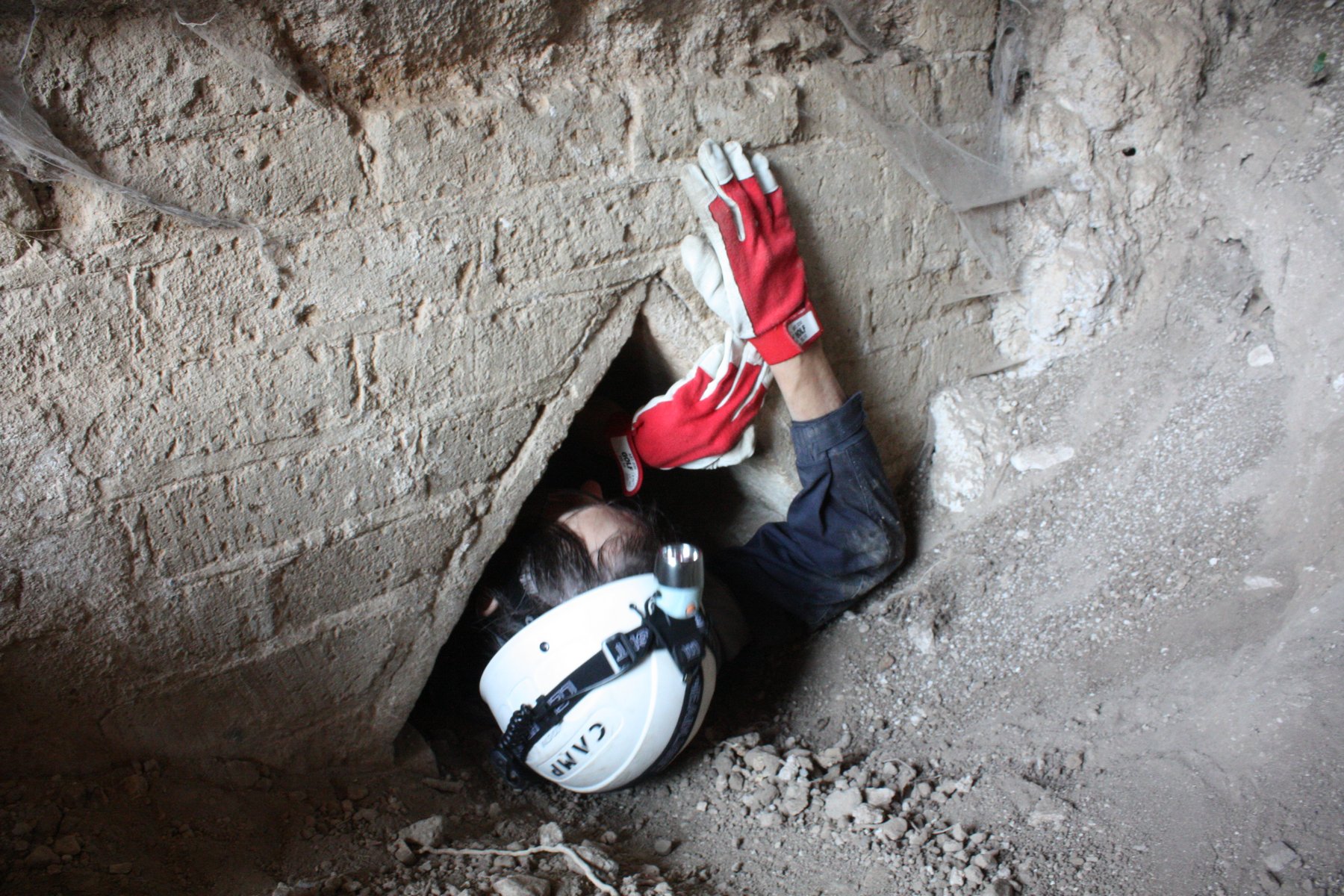
Sometimes they had to wriggle through incredibly narrow holes to keep working.
Narrow spaces
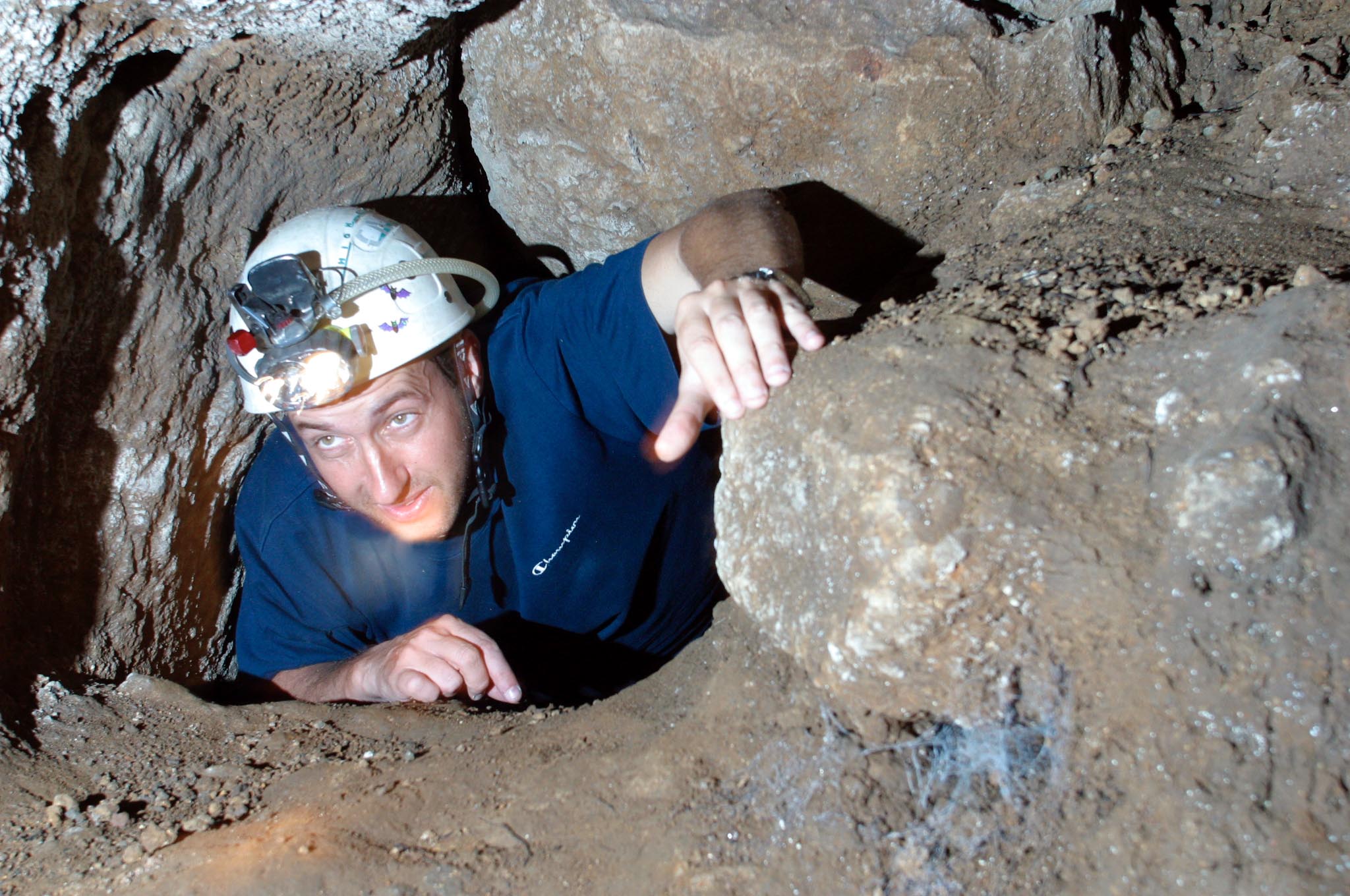
Here, Sotterranei di Roma member Marco Placidi crawls through a small hole into the tunnels.
Grande Trapezio
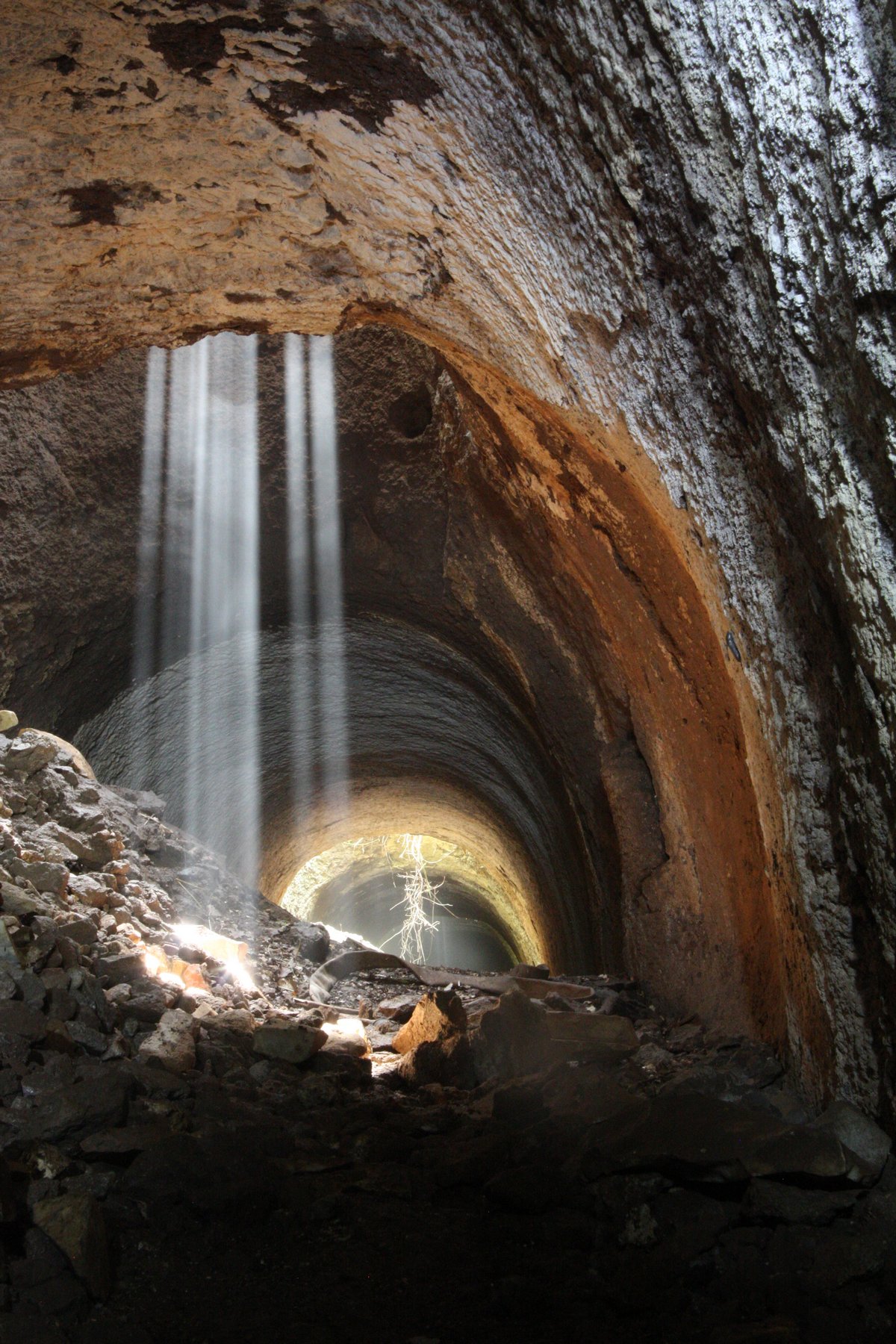
They recently found a completely new tunnel network, leading from the Academy to the Grande Trapezio, one of the major arteries in the underground network. Though it's still a mystery what this region of the network was used for, it was leading to the more private part of the Villa where Hadrian may have gone to be alone or with a few select friends.

Tia is the managing editor and was previously a senior writer for Live Science. Her work has appeared in Scientific American, Wired.com and other outlets. She holds a master's degree in bioengineering from the University of Washington, a graduate certificate in science writing from UC Santa Cruz and a bachelor's degree in mechanical engineering from the University of Texas at Austin. Tia was part of a team at the Milwaukee Journal Sentinel that published the Empty Cradles series on preterm births, which won multiple awards, including the 2012 Casey Medal for Meritorious Journalism.









